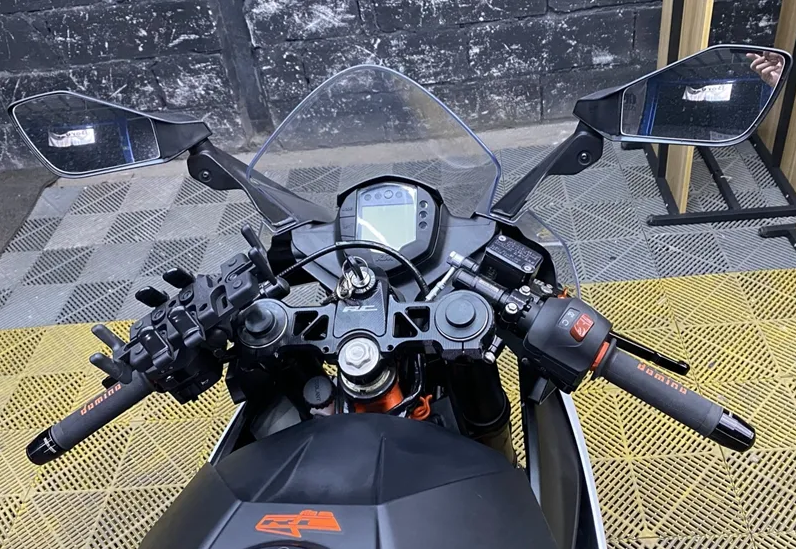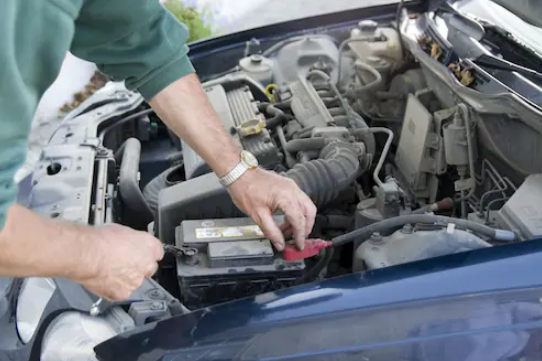China Locomotive Starter Battery life: Efficient Power for Your Train
As trains are one of the most important modes of transportation for people and goods, it is vital that they are powered by efficient and reliable systems. Among these systems is the locomotive starter battery, which provides the initial power needed to start the train’s engine. In this article, we will explore the importance of locomotive starter batteries and how they work, as well as the different types available on the market.
The locomotive starter battery is a vital component of a train’s electrical system. It provides the initial power needed to start the engine, after which the alternator takes over and powers the train’s electrical systems. Without a functioning starter battery, a train would not be able to start its engine, which would lead to delays and potentially cause safety issues.
The basic principle behind the locomotive starter battery is that it stores electrical energy in chemical form, which can then be released as electrical energy when needed. The battery is made up of a series of cells, each containing lead plates that are immersed in a solution of sulfuric acid. When the battery is charged, the lead plates become coated with lead sulfate, which stores the electrical energy. When the battery is discharged, the sulfuric acid reacts with the lead sulfate to create lead oxide and sulfuric acid, which releases the stored electrical energy.

There are several different types of locomotive starter batteries available on the market, each with its own advantages and disadvantages. The most common type is the lead-acid battery, which is relatively inexpensive and has a long life span. However, lead-acid batteries require regular maintenance and can be heavy. Lithium-ion batteries are another option, which are lighter and require less maintenance, but they can be more expensive and have a shorter life span.
When choosing a locomotive starter battery, it is important to consider factors such as the train’s weight and power requirements, as well as the battery’s voltage and capacity. It is also important to choose a battery that is compatible with the train’s charging system and electrical requirements.
In conclusion, the locomotive starter battery is a vital component of a train’s electrical system, providing the initial power needed to start the engine. There are several different types available on the market, each with its own advantages and disadvantages. When choosing a battery, it is important to consider factors such as the train’s weight and power requirements, as well as the battery’s voltage and capacity. With the right starter battery, trains can run efficiently and reliably, ensuring the safe and timely transportation of people and goods.
-
 In recent years, the demand for efficient and reliable energy storage solutions has soared, driven by the increasing use of renewable energy sources and the need for sustainable power systems. The search for an energy storage solution that offers high performance, long lifespan, and enhanced safety has led to the development of the 100Ah LiFePO4 lithium battery. This groundbreaking technology...Læs mere
In recent years, the demand for efficient and reliable energy storage solutions has soared, driven by the increasing use of renewable energy sources and the need for sustainable power systems. The search for an energy storage solution that offers high performance, long lifespan, and enhanced safety has led to the development of the 100Ah LiFePO4 lithium battery. This groundbreaking technology...Læs mere -
 The evolution of technology has enabled us to utilize more efficient and eco-friendly energy sources. One of these advancements is the lithium iron phosphate (LiFePO4) battery. With its higher energy density and longer lifespan, the LiFePO4 battery is an excellent alternative to traditional lead-acid batteries. In this article, we will discuss the benefits of using a 100Ah LiFePO4 48V battery....Læs mere
The evolution of technology has enabled us to utilize more efficient and eco-friendly energy sources. One of these advancements is the lithium iron phosphate (LiFePO4) battery. With its higher energy density and longer lifespan, the LiFePO4 battery is an excellent alternative to traditional lead-acid batteries. In this article, we will discuss the benefits of using a 100Ah LiFePO4 48V battery....Læs mere -
 Solar and onshore wind are currently the cheapest sources of electricity. So there's never been a better time to get into the solar game and enjoy a sense of innocence and resplendent inner peace. The biggest problem with solar and wind power is storing the energy generated for later use. However, this problem is gradually being overcome by newer and...Læs mere
Solar and onshore wind are currently the cheapest sources of electricity. So there's never been a better time to get into the solar game and enjoy a sense of innocence and resplendent inner peace. The biggest problem with solar and wind power is storing the energy generated for later use. However, this problem is gradually being overcome by newer and...Læs mere -
 LiFePO4 rechargeable batteries have been growing in popularity for a variety of applications, particularly in electronic devices and transportation. Understanding the lifespan and performance of LiFePO4 batteries is crucial for making an informed decision on whether they are the right choice for your needs. LiFePO4 batteries have a longer lifespan compared to other rechargeable batteries, such as lithium-ion batteries,...Læs mere
LiFePO4 rechargeable batteries have been growing in popularity for a variety of applications, particularly in electronic devices and transportation. Understanding the lifespan and performance of LiFePO4 batteries is crucial for making an informed decision on whether they are the right choice for your needs. LiFePO4 batteries have a longer lifespan compared to other rechargeable batteries, such as lithium-ion batteries,...Læs mere -
 In our fast-paced world, we rely heavily on our vehicles to get us from point A to point B. We depend on them to take us to work, school, appointments, and other important places. However, what happens when our car battery dies, or the engine fails? It is not only frustrating but can also pose a significant risk in critical...Læs mere
In our fast-paced world, we rely heavily on our vehicles to get us from point A to point B. We depend on them to take us to work, school, appointments, and other important places. However, what happens when our car battery dies, or the engine fails? It is not only frustrating but can also pose a significant risk in critical...Læs mere -
 In today’s world, power is everything. We rely on power for almost everything we do in our daily lives, from charging our phones, to powering our homes, and even our cars. However, with the increasing demand for power, there is a need for reliable and long-lasting power solutions. That’s where the high capacity 12V 100Ah LiFePO4 battery comes in. ...Læs mere
In today’s world, power is everything. We rely on power for almost everything we do in our daily lives, from charging our phones, to powering our homes, and even our cars. However, with the increasing demand for power, there is a need for reliable and long-lasting power solutions. That’s where the high capacity 12V 100Ah LiFePO4 battery comes in. ...Læs mere -
 With the increase in demand for renewable energy, energy storage systems have become critical in ensuring a constant and efficient supply of electricity. The lithium-ion battery has been the go-to battery for energy storage systems, but the lithium iron phosphate (LiFePO4) battery has emerged as a reliable and efficient alternative. In this article, we will explore the pros and...Læs mere
With the increase in demand for renewable energy, energy storage systems have become critical in ensuring a constant and efficient supply of electricity. The lithium-ion battery has been the go-to battery for energy storage systems, but the lithium iron phosphate (LiFePO4) battery has emerged as a reliable and efficient alternative. In this article, we will explore the pros and...Læs mere

